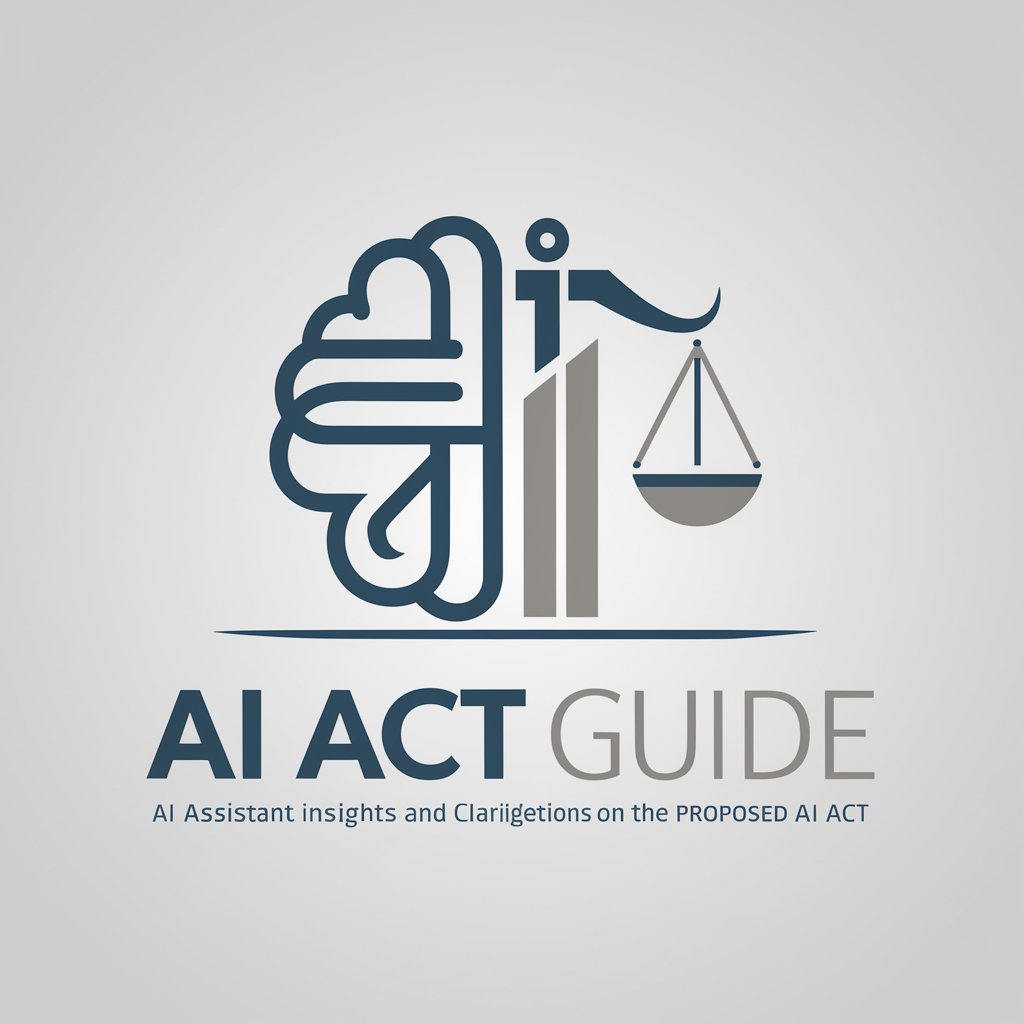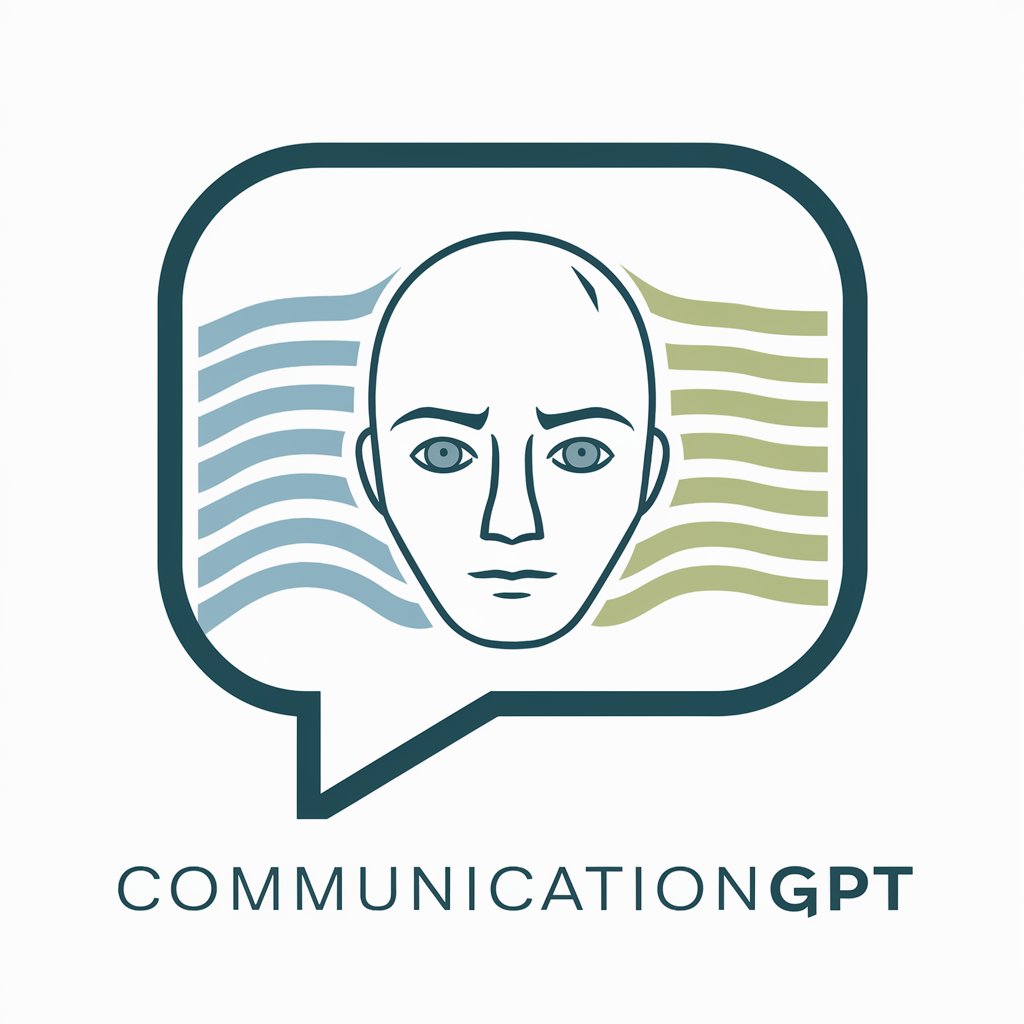Potential Technical Depth Detector - Technical Debt Analysis Tool

Welcome! Let's dive deep into your requirements.
Uncover hidden technical debt with AI
Analyze the potential technical debt arising from...
Identify realistic and applicable technical debt that may occur when...
Consider the full spectrum of environments and interactions to detect technical debt in...
Evaluate the requirement to uncover potential areas of technical debt in...
Get Embed Code
Introduction to Potential Technical Depth Detector
The Potential Technical Depth Detector is designed to identify and analyze potential technical debts that may arise during the development and maintenance phases of software projects. Its primary goal is to enable software teams to foresee, understand, and mitigate risks associated with technical decisions that could lead to increased costs, reduced quality, or delayed project timelines in the future. By evaluating user requirements, the system highlights areas where technical debt might occur, ranging from code complexity, scalability issues, to inadequate testing coverage. For example, when presented with a new feature requirement, the detector could predict the introduction of hard-coded values that might expedite development now but complicate future modifications. Powered by ChatGPT-4o。

Main Functions of Potential Technical Depth Detector
Technical Debt Identification
Example
Detecting hard-coded configurations in a software module.
Scenario
When integrating a new payment system, the detector identifies the risk of hard-coding API keys, which could later require significant rework to implement a more secure configuration management system.
Debt Impact Analysis
Example
Evaluating the impact of skipping automated tests for a critical feature.
Scenario
In a rush to deploy, a team decides to skip writing automated tests for a new authentication feature. The detector assesses how this decision could lead to security vulnerabilities and increased maintenance time.
Mitigation Strategies Suggestion
Example
Proposing refactoring to improve code maintainability.
Scenario
For a legacy system integration, the detector suggests refactoring parts of the legacy code to ensure that new features can be added more easily in the future, thus reducing the technical debt associated with maintaining outdated or inefficient code.
Ideal Users of Potential Technical Depth Detector Services
Software Development Teams
Teams working on complex software projects that require frequent updates and feature additions. They benefit by identifying potential technical debts early, ensuring that the project remains scalable, maintainable, and cost-effective over time.
Project Managers and Product Owners
Individuals responsible for the successful delivery of software projects. They use the service to understand technical risks, make informed decisions about resource allocation, and prioritize tasks that minimize long-term costs and ensure project quality.
Software Architects
Professionals tasked with designing the overall structure of software systems. They leverage the detector to foresee potential design-related technical debts that could impact system performance, scalability, or the ability to integrate new technologies in the future.

How to Use Potential Technical Depth Detector
1
Visit yeschat.ai for a complimentary trial, no sign-up or ChatGPT Plus required.
2
Input your software development requirement or user story into the provided text box.
3
Specify any particular contexts or constraints related to your project, such as technology stack, deployment environment, or regulatory compliance needs.
4
Click on the 'Analyze' button to submit your input for processing.
5
Review the generated report, which outlines potential technical debt issues, offering insights for refinement and further planning.
Try other advanced and practical GPTs
AI Act Guide
Clarifying AI Legislation with AI-Powered Expertise

LinkedInAI Post Generator
Elevate Your LinkedIn Presence

Career Coach
Elevate Your Career with AI

Game Value
Discover Best Game Deals with AI

Cocktail Mixer
AI-powered mixology at your fingertips

Synonym Finder
Elevate Your Words with AI-Powered Synonyms

Greenish
Mastering Greenwash with AI Satire

Culinary Companion
Elevate Your Cooking with AI-Powered Assistance

Website Roaster
Roasting websites, serving insights.

2024
Unlock the Future: Insights into 2024

CommunicationGPT
Empowering Communication with AI

Meme
Craft engaging memes with AI-powered ease

Potential Technical Depth Detector Q&A
What is Potential Technical Depth Detector?
It's an AI-driven tool designed to analyze software development requirements or user stories to identify potential technical debt that could arise, facilitating proactive planning and refinement.
How does Potential Technical Depth Detector help in agile development?
By identifying potential technical debt early in the development cycle, it enables teams to make informed decisions, prioritize work, and incorporate necessary adjustments into their sprints or iterations, aligning with agile methodologies.
Can Potential Technical Depth Detector analyze any type of project?
Yes, it is versatile and can analyze a wide range of projects, from web and mobile applications to distributed systems, provided the user inputs clear and detailed requirements or user stories.
Is there a limit to the size of the project Potential Technical Depth Detector can analyze?
While there is no strict limit to the project size, the accuracy and usefulness of the output may vary depending on the complexity and how well the requirements or user stories are defined.
How can I optimize my use of Potential Technical Depth Detector?
For optimal results, provide detailed and specific requirements or user stories, include context and constraints, and consider using it regularly throughout the development process for continuous insight.
